Our load securing experts
How can we help you?

Do you need help on how best to transport a particular load safely? Contact our cargo securing experts - they will be happy to help.
Contact
Unsafe and poor load securing occurs more frequently with some transport types. The main cargo types with their specific requirements covered in this blog are:
- Slabs and beams (natural stone, concrete, wood)
- Machinery
- Bulk goods
- Building materials
- Paper rolls, steel coils, sewage pipes, drums
- Tree trunks
- Liquid products
- Dangerous goods
- Glass plates
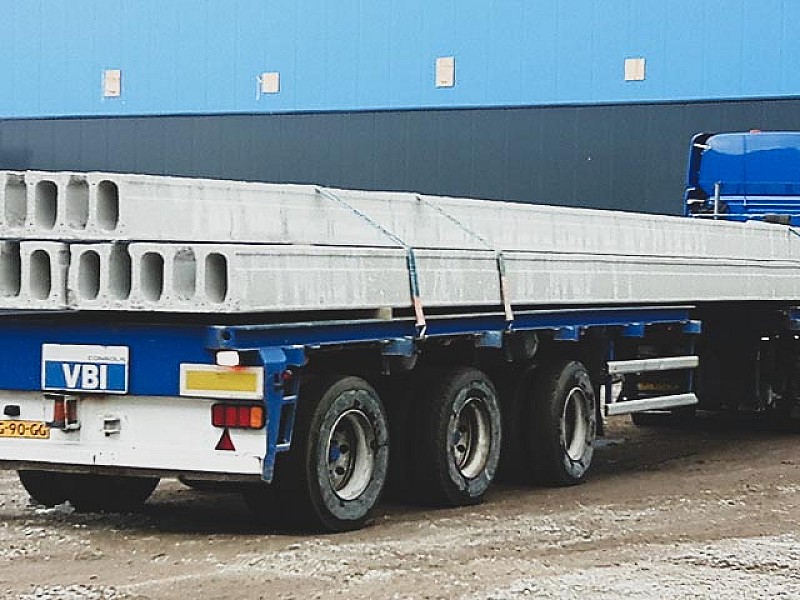
Lashing is definitely insufficient to control the forward and backward forces that occur when a truck loaded with slabs and beams pulls up and brakes.
Dozens of lashings are often needed to achieve sufficient friction. Block lashing or diagonal lashing is necessary here to control lateral forces in turns. In this case, the use of anti-slip mats is a sensible way of reducing the number of lashing devices. These anti-slip mats should then definitely also be fitted between the plates or beams, because here the coefficient of friction between the plates also plays a role.
When transporting machines, lashing down on the loading floor is virtually pointless in many cases. There is too little friction to prevent the machine from shifting. At most, tie down lashing can reduce the risk of the machine tipping over. Direct lashing the machine with tensioning devices is necessary. Here the corresponding calculations must be carried out, assuming of the weight of the machine and the centre of gravity.
An advantage in securing machines may be that they have suitable lashing anchors to attach a lashing device. If the machine does not have these, then the method of block lashing should be used by attaching a lashing strap to two anchor points on the loading floor.
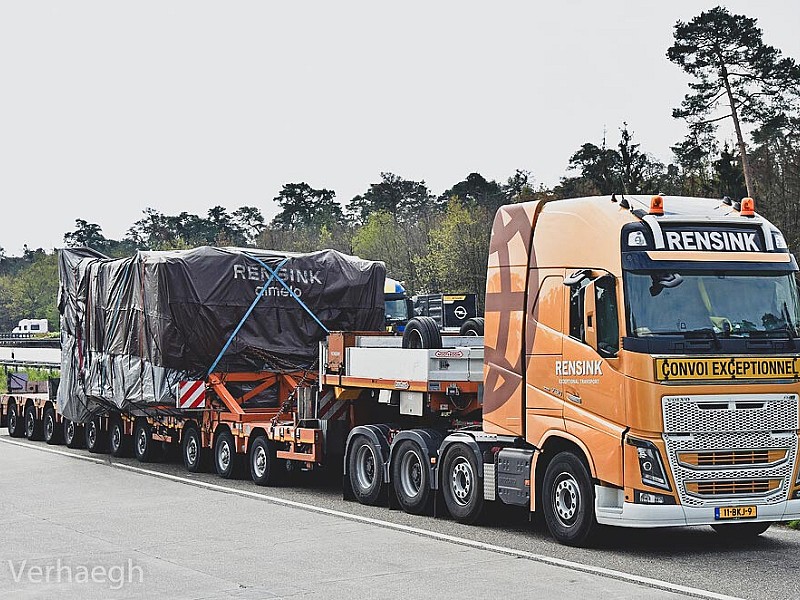
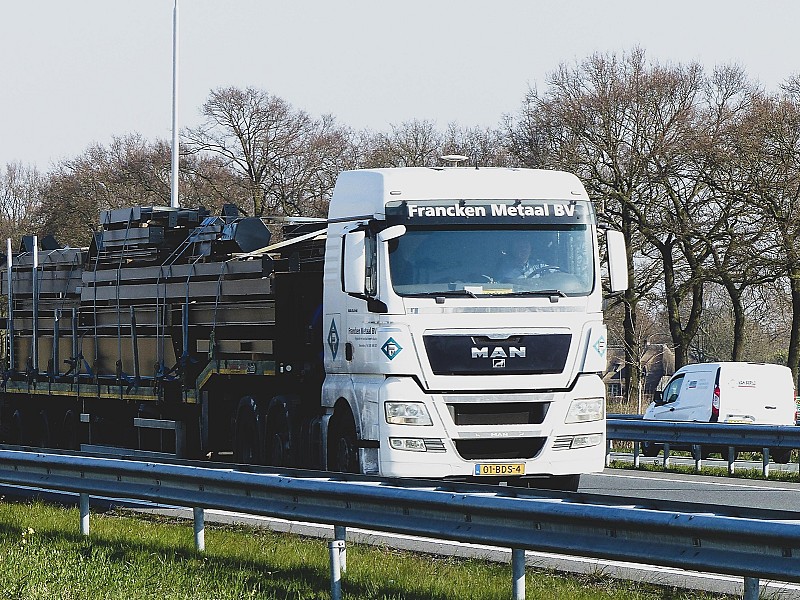
Metals like zinc alloys are semi-finished products transported in large quantities, ranging in weight from, say, 25 kg to several tonnes. The smaller elements are stacked on a pallet, which is wrapped with strapping tape or foil. This creates a dimensionally stable element that can weigh a ton on its own.
These are heavier products in which lashing is not applicable, unless anti-slip mats are used. The latter is allowed when pallets are fully form-stabilised, i.e. they can pass the 26-degree test. In all other cases, locking up, diagonal lashing and/or block lashing is required.
Bulk such as sand and gravel, cereals such as flax, straw or loose fodder should be covered with a tarpaulin to prevent any loss, or in the case of larger materials with a net to hold the material together. Such goods can also develop a large centrifugal force, as they may be in motion.
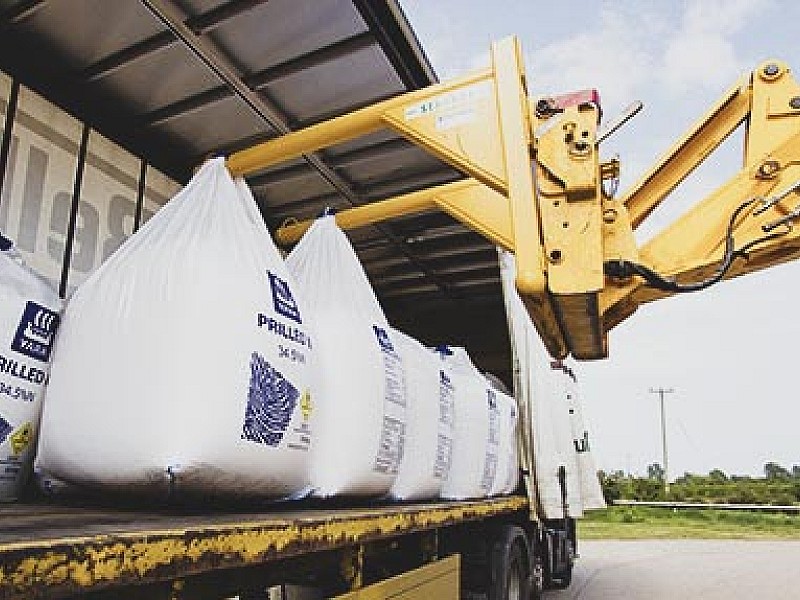
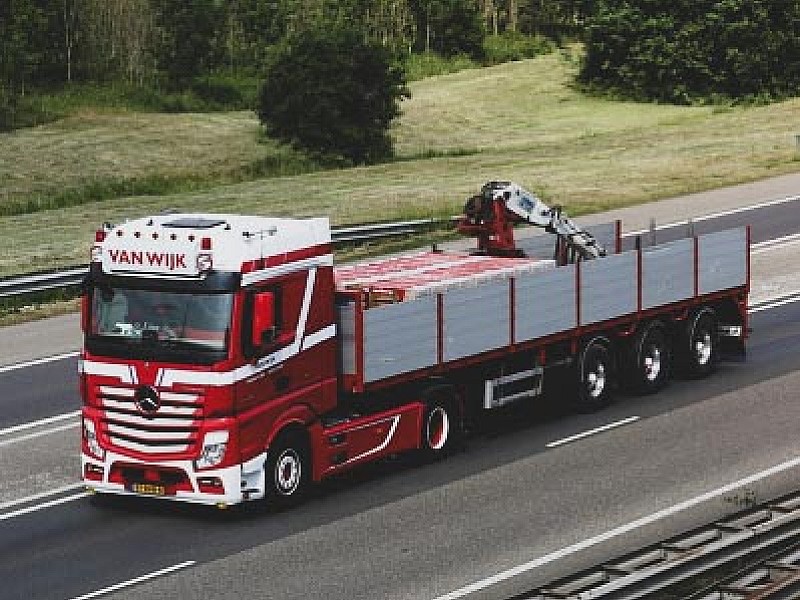
Bales, bricks, buckets and other products in the construction industry and DIY retail are usually stacked on pallets and secured by foil or strapping. The most important requirement when loading and securing these pallets safely is correct weight distribution across the load floor to keep the means of transport stable and avoid spaces and fill them if necessary.
There may be hazardous cargo between these products, such as chemicals. There are also numerous substances that are not directly classified as hazardous cargo, but can be harmful when the packaging breaks down. Examples are industrial oils and paints.
Cylindrical cargo can be transported standing up or lying down. Standing, i.e. with the hole facing upwards ('eye to the sky'), they can be positioned either longitudinally or transversely, depending on their dimensions. The principles of loading rolls and drums on a regular loading floor or in a container also apply to loading pallets. Chocks are used to secure lying rolls, but with this they are only secured in the transverse direction of the roll, not in the longitudinal direction.
It is definitely necessary to calculate the forces in the longitudinal direction and secure them adequately. The chocks themselves also have a limited ability to hold the load. Lighter rollers in particular can slip over the chock, for example when there is a substantial bump in the road. Lashing down is also necessary to prevent this. Lighter chocks can be used to ensure that lying rollers cannot move during loading and unloading. Both the weight and strength of different types of paper and cardboard vary greatly. There are heavy and light but also hard and soft types of paper.
Especially when transporting paper, the following factors should therefore be carefully considered before loading:
Additional measures, such as corner elements, friction materials and/or nets may need to be applied.
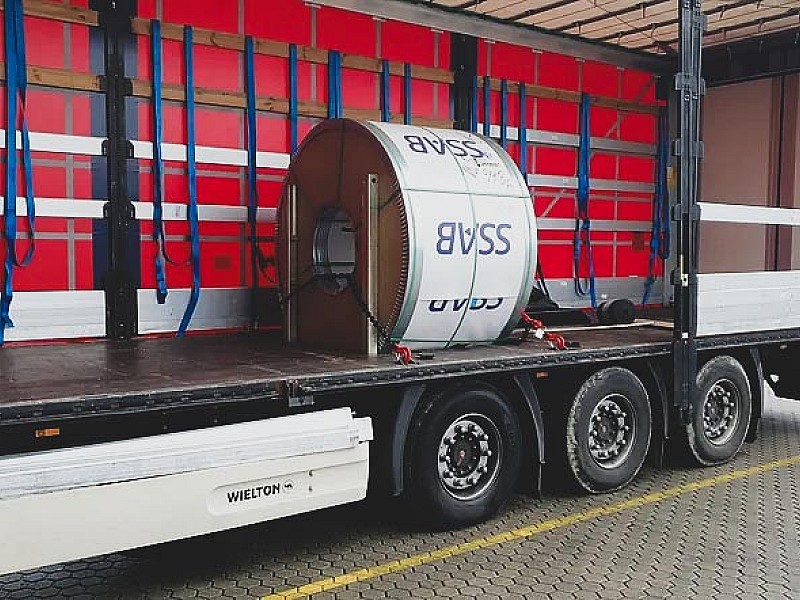
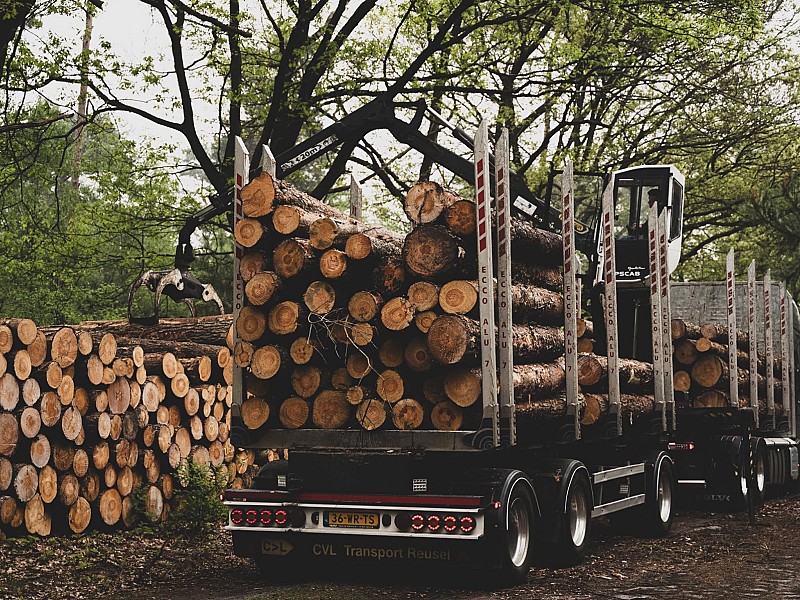
Long logs can only be transported lying down lengthwise. Long, non-barked logs will hook into each other, making this load behave as one. Unbarked logs can be slippery and will need extra securing.
Special trucks and trailers with heavy pillars or closed box, are used to transport logs, especially short sawn logs. The front and rear bulkhead will have to be strong enough. Shorter logs can be put in a closed box. This will have to be strong enough, as any other method of load securing is not possible here.
Liquids in tanks, jerry cans and tank wagons can develop a large centrifugal force. Another risk when they are not fully filled is that thinner liquids can cause instability. A driver or train driver will have to take this into account. Full filling or pressurising the liquid with compressed air is a solution.
With so-called flextainers, liquids can be transported in containers. The flextainer is a bag held in place inside the container by its own weight. The capacity ranges from 16,000 - 24,000 litres. Steel plates, especially at the level of the container doors, provide elementary securing.
In addition, straps and plastic cloth can also be used. Filling is done through a hole in the closed door. Such type of containers are used to transport glue, latex, water-soluble paints, emulsions, food additives and foodstuffs such as oil, wine, concentrated fruit juice.
The flex container is efficient, fast and cheap, but there are risks in using it. If one door is opened along the way, the bag should hold. But if two doors of the container are opened, the bag will usually burst open, with all consequences that may happen. The doors will therefore be sealed. Transporting dangerous goods in such packaging is not allowed.
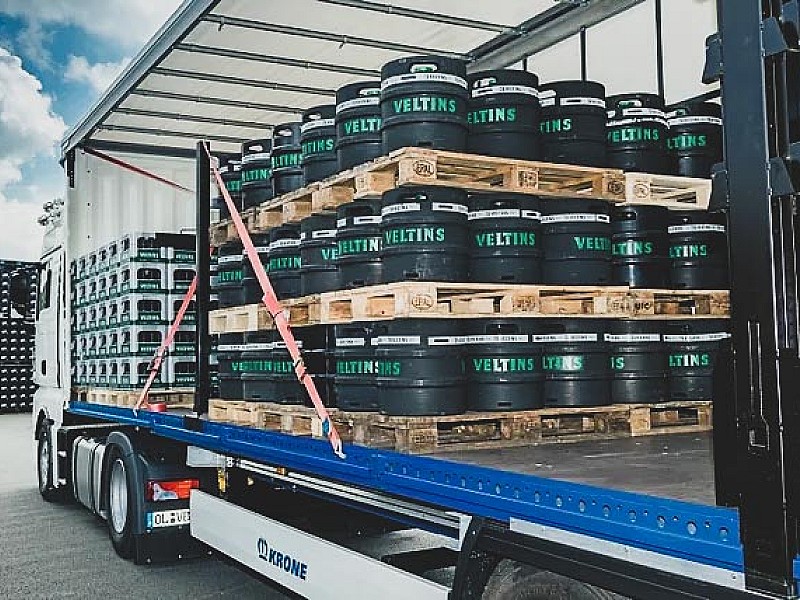
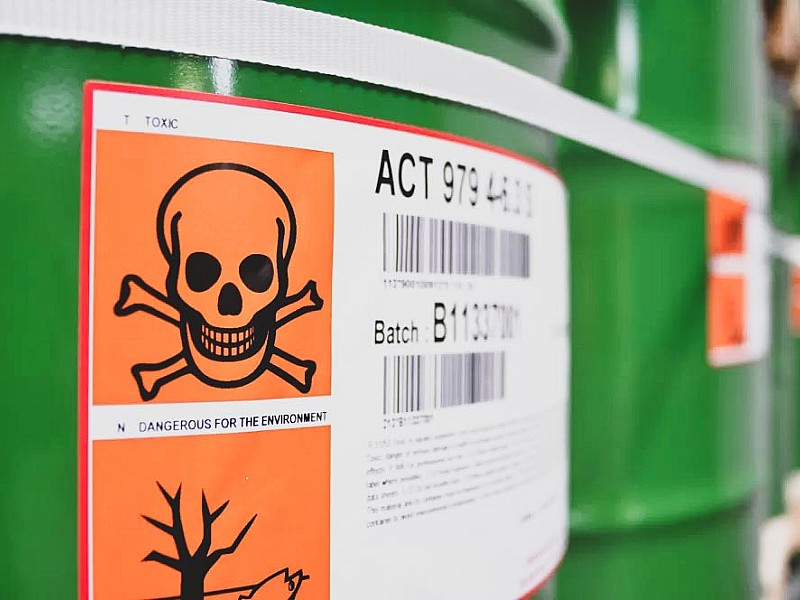
There are specific regulations for stowing dangerous goods by road (ADR). Handling dangerous goods is a specialty and bound by strict rules.
Three basic questions always apply:
If dangerous goods are packed or loaded in a container or means of transport, the responsible party must compile a container/vehicle loading certificate, listing the relevant identification numbers. They must also officially declare that the operation was carried out in accordance with a number of guidelines, the most important of which are shown here in simplified form:
These guidelines are intended not only for filling containers with hazardous materials, but also for trucks, trailers and the like.
These are usually transported using normal vans, equipped with internal and external racks. These should be made of metal and be inside the basic structure of the van. If they extend, they should be designed to avoid hitting other road users. The racks should never exceed more than 10 centimeters from the side.
All parts of the rack that may come into contact with glass should have a covering of rubber or a similar material. Warning signs are not mandatory, but are useful.
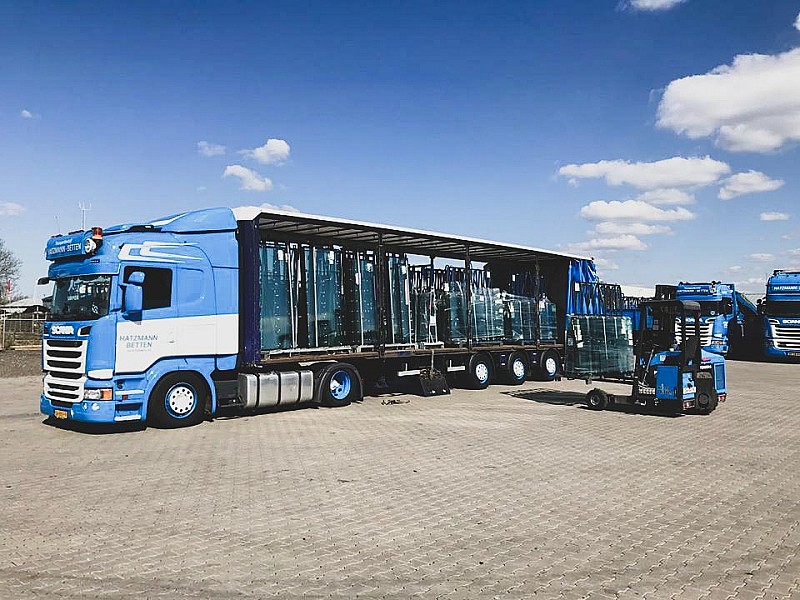
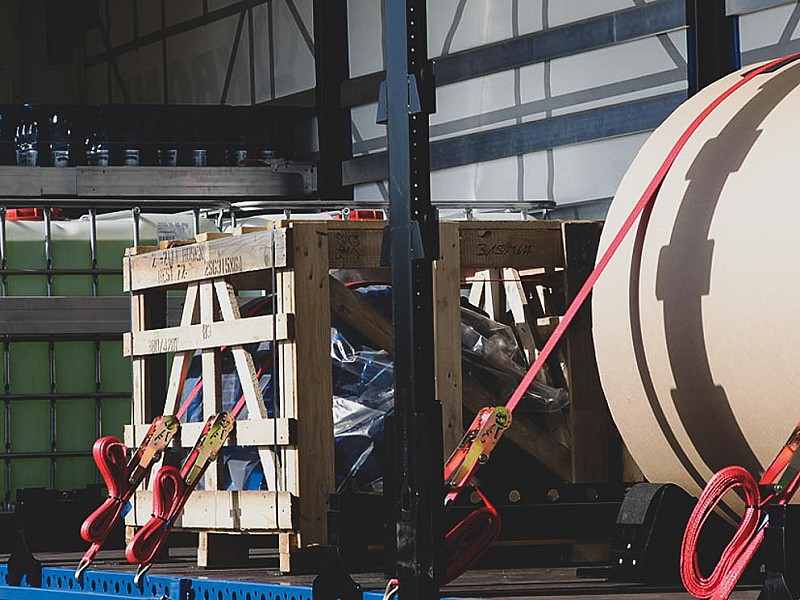
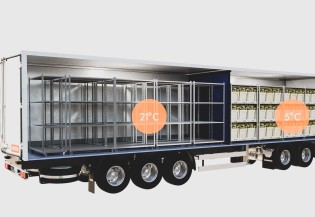
Find every download related to IsoLok: User Manuals, Mounting Instructions, Product Information and Brochure.
Read more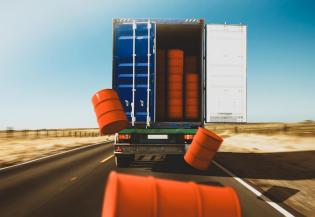
As a transport company, you know that ensuring the safety of your cargo is evident —not just for operational efficiency but also to comply with regulations.
Read more